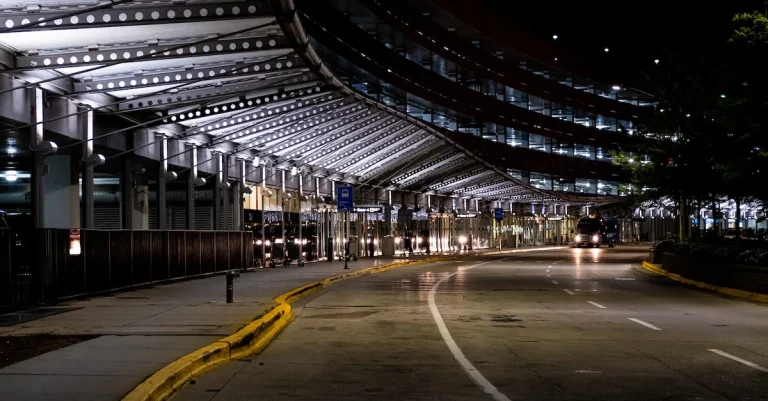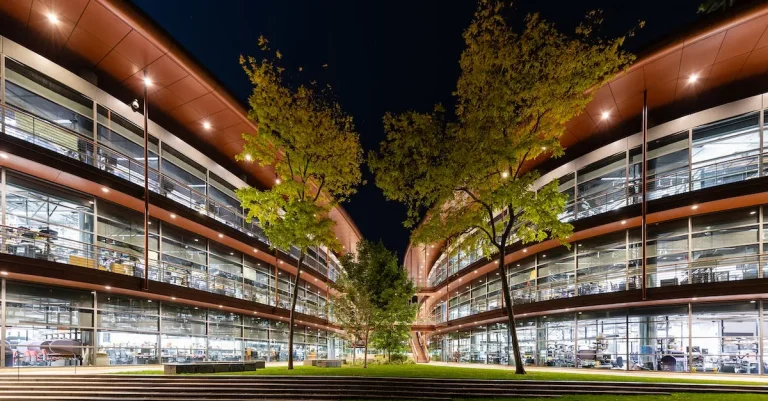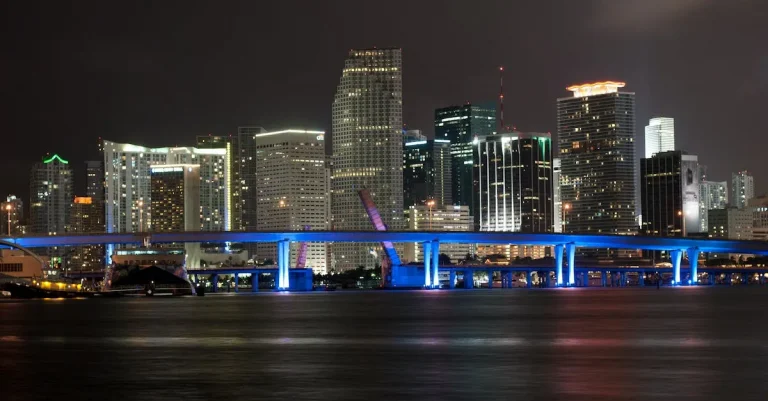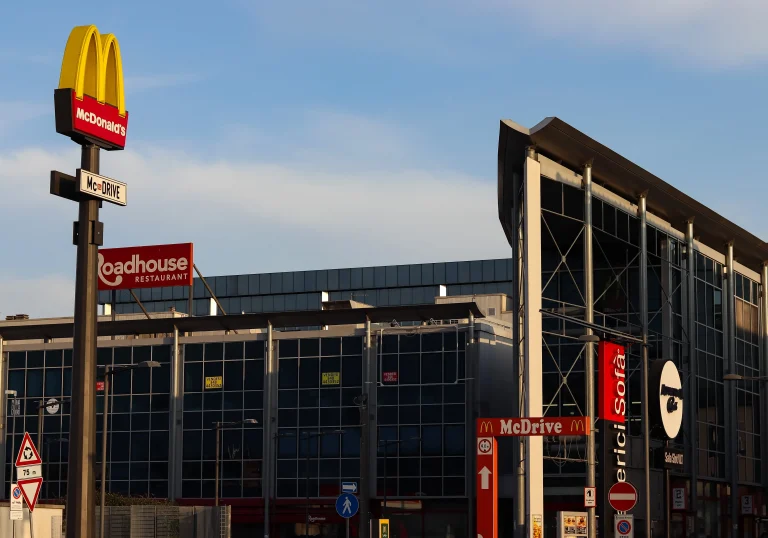How Often Does San Francisco Have Earthquakes?
Earthquakes are a fact of life for residents of the San Francisco Bay Area. If you’ve ever wondered about earthquake frequency in San Francisco, this comprehensive guide has the details you need.
If you’re short on time, here’s a quick answer to your question: On average, the San Francisco Bay Area experiences one earthquake of magnitude 4.0 or greater every year. Smaller quakes of magnitude 2.0-4.0 happen more frequently, averaging about one per week in the region.
Understanding Earthquake Magnitude and Frequency
Earthquakes are a natural phenomenon that occur when there is a sudden release of energy in the Earth’s crust, causing the ground to shake. The magnitude and frequency of earthquakes can vary greatly depending on the region.
In the case of San Francisco, known for its proximity to the San Andreas Fault, the frequency of earthquakes is of particular interest to residents and researchers. By understanding earthquake magnitude and frequency, we can better prepare for and mitigate the effects of these seismic events.
The Richter Scale for Measuring Earthquake Magnitude
The Richter scale is a commonly used tool for measuring the magnitude of earthquakes. Developed by seismologist Charles F. Richter in the 1930s, it provides a numerical value that represents the amount of energy released during an earthquake.
The scale is logarithmic, meaning that each whole number increase on the scale represents a tenfold increase in the amplitude of the seismic waves. For example, a magnitude 5 earthquake releases 10 times more energy than a magnitude 4 earthquake.
The Richter scale is widely used around the world to compare and categorize earthquake magnitudes.
How Often Do Small Quakes Occur in the Bay Area?
The San Francisco Bay Area experiences a high frequency of small earthquakes due to its location on the Pacific Ring of Fire. These small quakes, often referred to as microearthquakes, occur frequently but are usually not felt by residents.
In fact, the Bay Area experiences hundreds of small earthquakes every year, most of which go unnoticed. These minor tremors are a result of the ongoing movement of tectonic plates along the San Andreas Fault and other smaller faults in the region.
Frequency of Moderate to Large Earthquakes in the Region
While small earthquakes are common in the Bay Area, the frequency of moderate to large earthquakes is relatively lower. The region has experienced several notable earthquakes in the past, including the devastating 1906 San Francisco earthquake, which had an estimated magnitude of 7.9.
Since then, the Bay Area has seen several moderate to large earthquakes, but they occur less frequently. It is important to note that predicting exactly when and where an earthquake will strike is still a challenge for scientists, but ongoing monitoring and research provide valuable insights into earthquake patterns and potential hazards.
For more information on earthquake frequency and preparedness in the San Francisco Bay Area, visit the United States Geological Survey (USGS) website.
Notable Earthquakes in San Francisco’s History
The Great 1906 San Francisco Earthquake
One of the most devastating earthquakes in American history, the Great 1906 San Francisco Earthquake struck on April 18, 1906. It is estimated to have had a magnitude of 7.8, making it one of the strongest earthquakes ever recorded in California.
The earthquake caused widespread destruction, with fires breaking out throughout the city and lasting for several days. The disaster resulted in the deaths of an estimated 3,000 people and left more than 80% of the city in ruins.
The event sparked significant changes in the way cities prepare for and respond to earthquakes, leading to advancements in building codes and emergency management.
The 1989 Loma Prieta Earthquake
The Loma Prieta Earthquake, also known as the 1989 World Series Earthquake, struck the San Francisco Bay Area on October 17, 1989. With a magnitude of 6.9, the earthquake caused significant damage in the region.
The collapse of the Cypress Street Viaduct in Oakland and the partial collapse of the Bay Bridge were some of the most notable impacts of the quake. The earthquake resulted in the loss of 63 lives and caused billions of dollars in damages.
This event served as a wake-up call for the Bay Area and prompted further improvements in earthquake preparedness and infrastructure resilience.
Other Significant Bay Area Quakes
San Francisco and the surrounding Bay Area have experienced numerous earthquakes throughout history, given the region’s location on the San Andreas Fault. Some other notable earthquakes include the 1868 Hayward Earthquake, the 1957 Daly City Earthquake, and the 1984 Morgan Hill Earthquake.
These events, although not as widely known as the 1906 or 1989 earthquakes, still caused significant damage and served as reminders of the ongoing seismic activity in the area.
For more information on earthquakes in San Francisco’s history, you can visit the United States Geological Survey (USGS) or the San Francisco Department of Emergency Management websites.
Earthquake Risks and Preparedness in San Francisco
Assessing Current Seismic Risks and Vulnerabilities
San Francisco is well-known for being located in a seismically active region. In fact, it lies on the notorious San Andreas Fault, which is responsible for many earthquakes in California. The city experiences earthquakes of varying magnitudes on a regular basis.
According to the U.S. Geological Survey, San Francisco experiences hundreds of small earthquakes every year, most of which go unnoticed by residents. However, larger earthquakes, such as the devastating 1906 earthquake that resulted in widespread destruction and loss of life, serve as a reminder of the potential risks.
Scientists and experts continually assess the seismic risks in San Francisco. They use advanced technology and data analysis to monitor fault lines and predict the likelihood of future earthquakes. By studying historical earthquake patterns and fault movement, they can estimate the probability of a major earthquake occurring in the region.
This information helps city planners and residents to better understand the potential risks and vulnerabilities they face.
It’s important to note that earthquakes cannot be accurately predicted, and the time and magnitude of a future earthquake in San Francisco remain uncertain. However, ongoing research and monitoring efforts contribute to a better understanding of seismic activity in the region and help improve preparedness measures.
Steps San Francisco Residents Can Take to Prepare
Given the seismic risks in San Francisco, it is crucial for residents to be prepared for earthquakes. Here are some steps that individuals and families can take to ensure their safety:
- Create an emergency plan: Develop a plan with your family members or roommates that outlines what to do in the event of an earthquake. Include meeting points, communication strategies, and a plan for checking on the well-being of everyone.
- Prepare an emergency kit: Assemble a kit with essential supplies such as food, water, medications, flashlights, and batteries. Make sure to include enough supplies to last for at least three days.
- Safeguard your home: Identify potential hazards in your home and take steps to secure heavy furniture, appliances, and other objects that could pose a threat during an earthquake. Use brackets, straps, or other fastening devices to secure items.
- Know your building’s safety measures: If you live in an apartment or a multi-story building, familiarize yourself with the building’s emergency evacuation plan and the location of emergency exits.
- Stay informed: Keep yourself updated about earthquake preparedness and safety measures. Follow official sources such as the San Francisco Department of Emergency Management for the latest information and guidance.
By taking these steps, San Francisco residents can enhance their preparedness and resilience in the face of earthquakes. Remember, being prepared can make a significant difference in reducing the impact of an earthquake and ensuring the safety of yourself and your loved ones.
Conclusion
San Francisco’s earthquake risk may seem concerning, but understanding the actual frequency and magnitude of quakes can help residents prepare. While large quakes are rare, smaller temblors are an everyday occurrence. By staying informed and making preparations, San Franciscans can feel assured knowing they’ve done their best to minimize earthquake risks.








